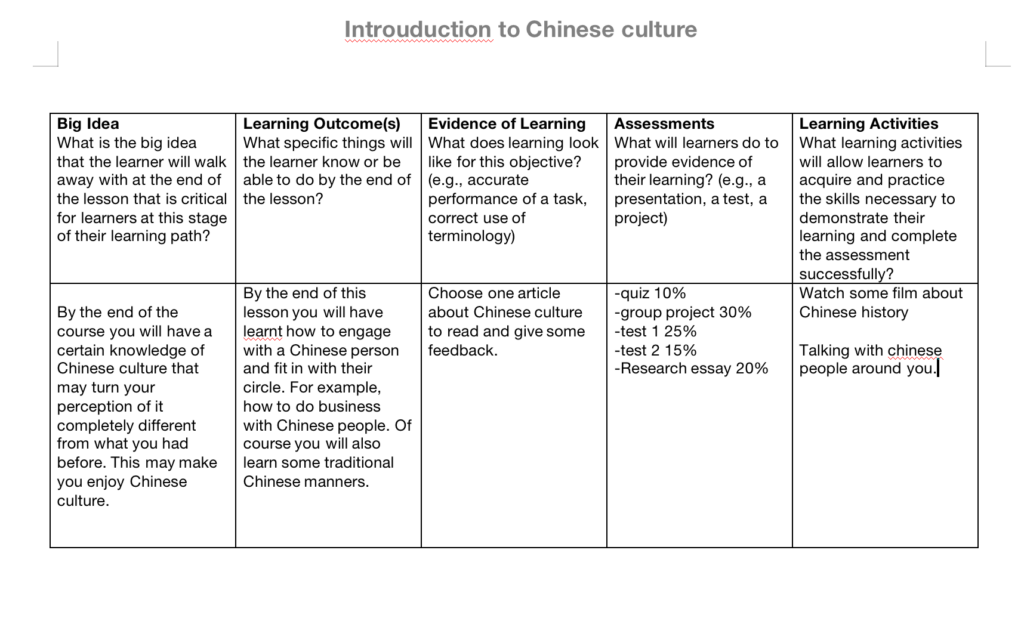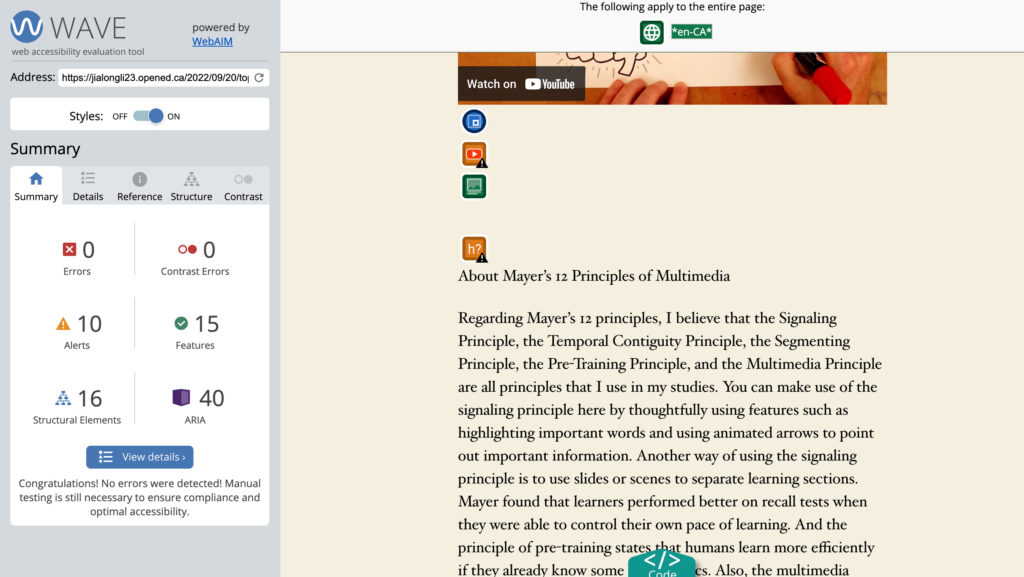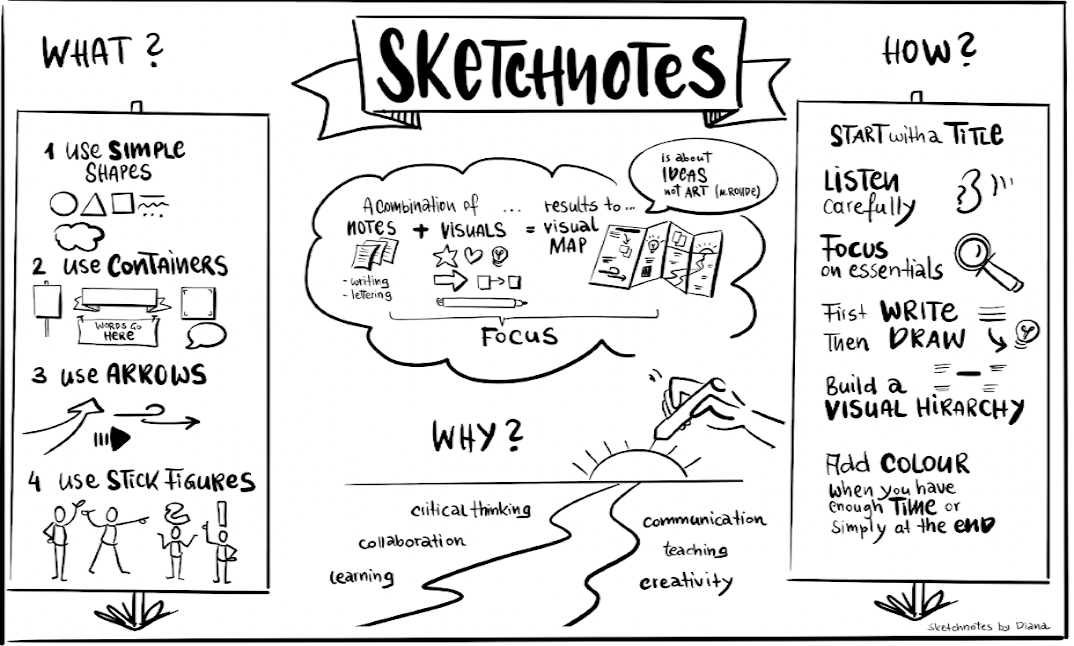In the reading, Students Need to DO Something, The author’s experience with passive learning in a K12 classroom reminded me that the same thing happened to me when I was in high school. There were some teachers who just opened their PowerPoint each class and then finished their lesson by reading it and explaining it as it was on the PowerPoint. This resulted in many students not fully understanding. The boring lessons lead to passive learning for many students. Because they are bored with the content, they are not willing to actively learn. This is one of the reasons why I think active learning is not common at the K-12 level. If you want students to be active learners, then you have to make it fun for them to take your course. Active learning is certainly something that interests you and you take the initiative to learn, whereas passive learning is forced and may not be very willing in your mind. It is good to be in active learning for a long time, to enhance the initiative of learning, and the efficiency of learning will be very high. And long-term passive learning may trigger resistance, more and more do not want to learn the rebellious mentality.
Reference
Youtube:https://www.youtube.com/watch v=wWGulLAa0O0&t=58s
Mathers, B. (2017). Wikipedia – Active vs Passive learning. https://bryanmmathers.com/wikipedia-active-vs-passive-learning/ CC-BY-ND (images for Active/Passive Learning interactivity)







